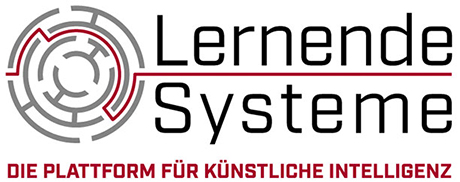
Mr Schnell, how can Artificial Intelligence support a sustainable orientation of the economy and society?
Markus Schnell: Sustainability in the narrower sense means dealing intelligently with resources, using energy and materials in a well-measured way and controlling processes well. Nowadays, for example, it is common for a bakery to offer fresh baked goods throughout the day in order to be able to offer an attractive selection even to customers who come just before closing time. However, this often means that some of the baked goods have to be thrown away in the evening. For the bakery, it makes more economic sense to produce a surplus than to forego possible sales. Or let's think of a bakery with many branches - in one branch there are not enough baked goods, while in another there are many left over. It would be sustainable to align production and distribution to the branches close to demand. This is possible when demand can be predicted more accurately than is possible with classical methods. This is an opportunity for artificial intelligence. It proves its worth especially where consumption and demand are influenced by many variables and can change dynamically over time.
And how sustainable are AI applications themselves?
Markus Schnell: Here one should distinguish between the development of an AI application (the design and training) and its actual use. Training consumes many orders of magnitude more energy than using the AI system for a concrete use case. Application development itself consists of many loops. First, the AI developers have to select and test the right AI model. Then they have to go through many rounds of training with this model, optimising different parameters of the AI model to get a well-functioning application.
Now, the scales of AI models vary enormously. There are very large systems with billions of parameters such as those used in the well-known search engines. Such training is comparable to the CO2 footprint of a long-haul flight. But there are also much smaller systems, the so-called edge AI, which are often in battery-operated terminals and may require only little energy. The very purpose of these is often to operate the terminal as energy-efficiently as possible by having the AI software wake up the majority of the terminal only when a relevant event is detected. Finally, it is not possible to say in general terms whether AI applications are sustainable or not. This can only be assessed in the context of the application itself.
How can the resource consumption of AI applications be reduced?
Markus Schnell: First of all, data centres for training should be supplied entirely from sustainable energy. Other interesting approaches are aimed at low-resource training. The wheel does not have to be reinvented over and over again. AI models that have proven themselves can be made available to other AI developers on marketplaces. The effort for training is then eliminated or at least significantly reduced because the AI model only has to relearn, but not re-learn. If one does want to reinvent the wheel, then preferably better. Reducing the training effort through better models is an active and very dynamic area of research. For example, there is the approach of federated learning. Here, parts of an AI model are trained with their own data and finally merged into one large model. In this way, it is avoided that each participant in the network has to learn the entire model based exclusively on its own data. The load is distributed on several shoulders.
For application, the AI models should be thinned out. The many millions or billions of parameters of a large model contribute in varying degrees to the result in the use case. Many parameters can be removed from the model after successful initial training.
Finally, training and execution should be done on specialised hardware that is tailored and energy-optimised for the particular AI applications.
As a member of the Business Model Innovations working group, Markus Schnell co-authored the white paper "Artificial Intelligence for Sustainable Business Models - Sustainability by, through and with AI" (in German).
Das Interview ist für eine redaktionelle Verwendung freigegeben (bei Nennung der Quelle © Plattform Lernende Systeme).
